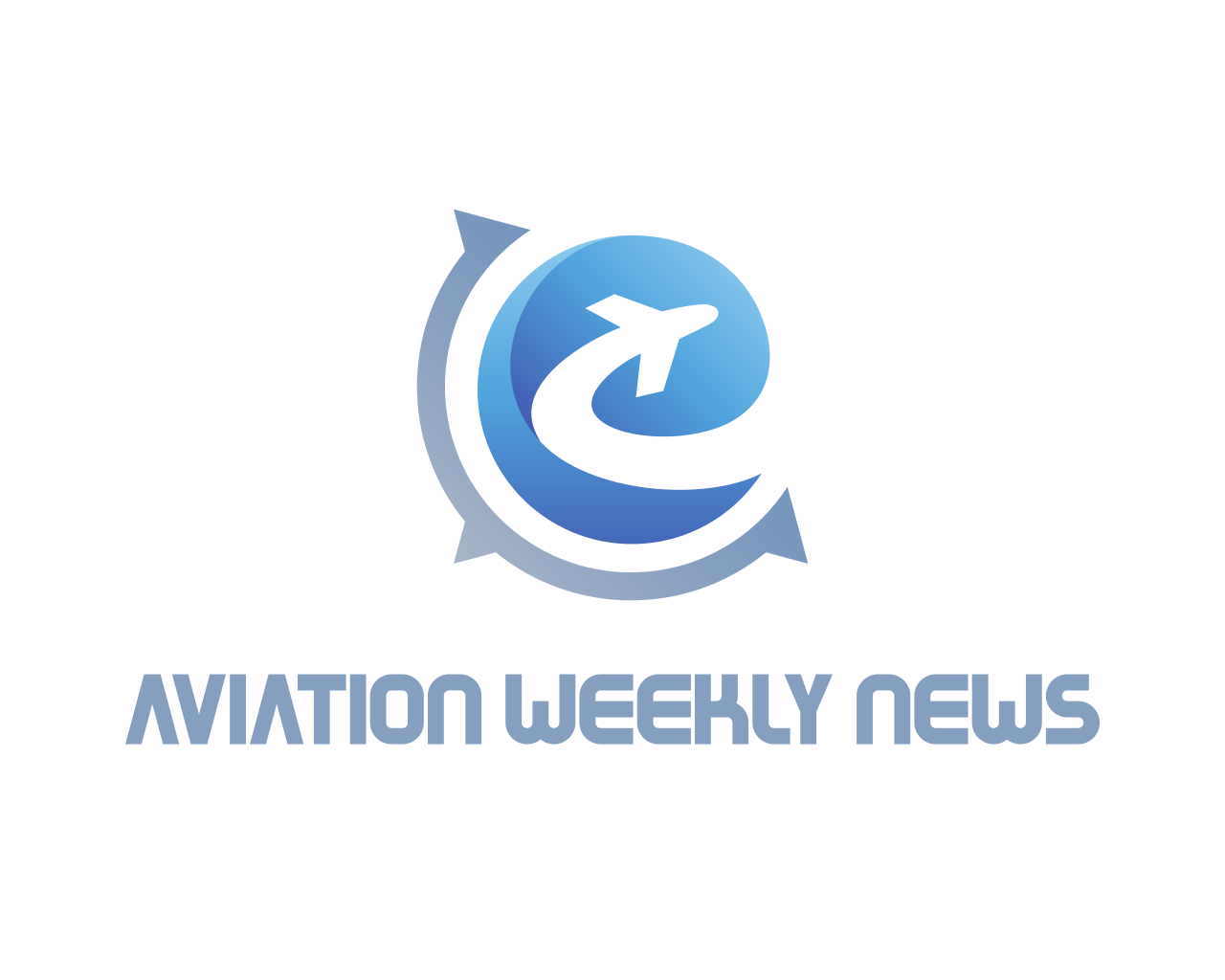World pilot shortage raises big concerns over safety
The aviation industry is facing its worst pilot shortage ever, forcing airlines to schedule pilots to their max.
Recently a report emerged that two pilots flying a Boeing 737-800 for Ethiopian Airlines had both fallen asleep for nearly half the flight; the aircraft overflew its destination, Addis-Ababa, until the autopilot disconnected and the disconnect warning woke up the flight crew; and the concerning thing is, it’s not the only incident of its type. An ITA Airways pilot also fell asleep for nearly 10 minutes on a flight from New York to Rome, the pilot failed to respond to radio calls over France, and a terror alert was raised. Authorities thought the aircraft had been hijacked; the captain dozed off while the co-pilot was asleep during controlled rest. These incidents, while not having turned into accidents, do serve as severe warnings for the industry.
In the U.S., where travel rebounded faster than in other parts of the world, there is already a shortage of 8,000 pilots, which is expected to worsen through the decade. Airlines all over the globe are overutilizing staff due to a global shortage forcing them to schedule pilots to their max, regularly reaching their allowed legal limit; this has caused many pilots to call in fatigued. At American Airlines, pilot fatigue calls increased fourfold in June, and on some days, there was nearly a tenfold increase. While the maximum duty period for a pilot is 14 hours, this doesn’t mean a pilot is safe constantly doing this; pilots get fatigued. This raises many safety concerns as a fatigued pilot has a reduced decision-making ability, slower reaction times, and much more difficulty concentrating, resulting in procedural mistakes. A prime example of this is the 1993 Kalitta International flight 808, which crashed while approaching Guantanamo Bay; pilot fatigue was listed as the primary cause for the accident; in the final report, investigators listed the following factors: “The captain’s failure to properly assess the conditions for landing and maintaining vigilant situational awareness of the airplane while maneuvering onto final approach; his failure to prevent the loss of airspeed and avoid a stall while in the steep bank turn; and his failure to execute immediate action to recover from a stall.”
A lot of the current situation can be attributed to the COVID-19 pandemic; airlines halted pilot hiring and handed out early retirement packages to thousands of pilots that were well below the 65-year mandated retirement age in an attempt to cut expenses during the depths of the pandemic crisis.
The shortage has airlines scrambling for solutions; Republic Airways, a regional airline based in the U.S., recently requested an exemption to the 1,500-hour rule; it wants to hire pilots with only 750 hours. Lawmakers are also considering raising the mandated retirement age for airline pilots in the U.S. from 65 to 67 or even higher to ease the shortage; about a third of airline pilots in the U.S. are between the ages of 51 and 59. The 1,500-hour rule came to be in 2009 after the FAA increased the minimum number of flight hours needed to gain an Airline Transport Pilot License (ATPL) from 250 to 1,500 as a result of the findings from the investigation of Continental Connection Flight 3407 (operating as Colgan Air Flight 3407).
This has caused the training process for pilots to be much more time-consuming and expensive; because of this, many airlines, such as United, have started their flight schools where they will help pilots reach the 1,500-hour mark with the promise of working for them when they reach the threshold. Airlines in the U.S. have also dropped a four-year degree from their pilot hiring requirements.

